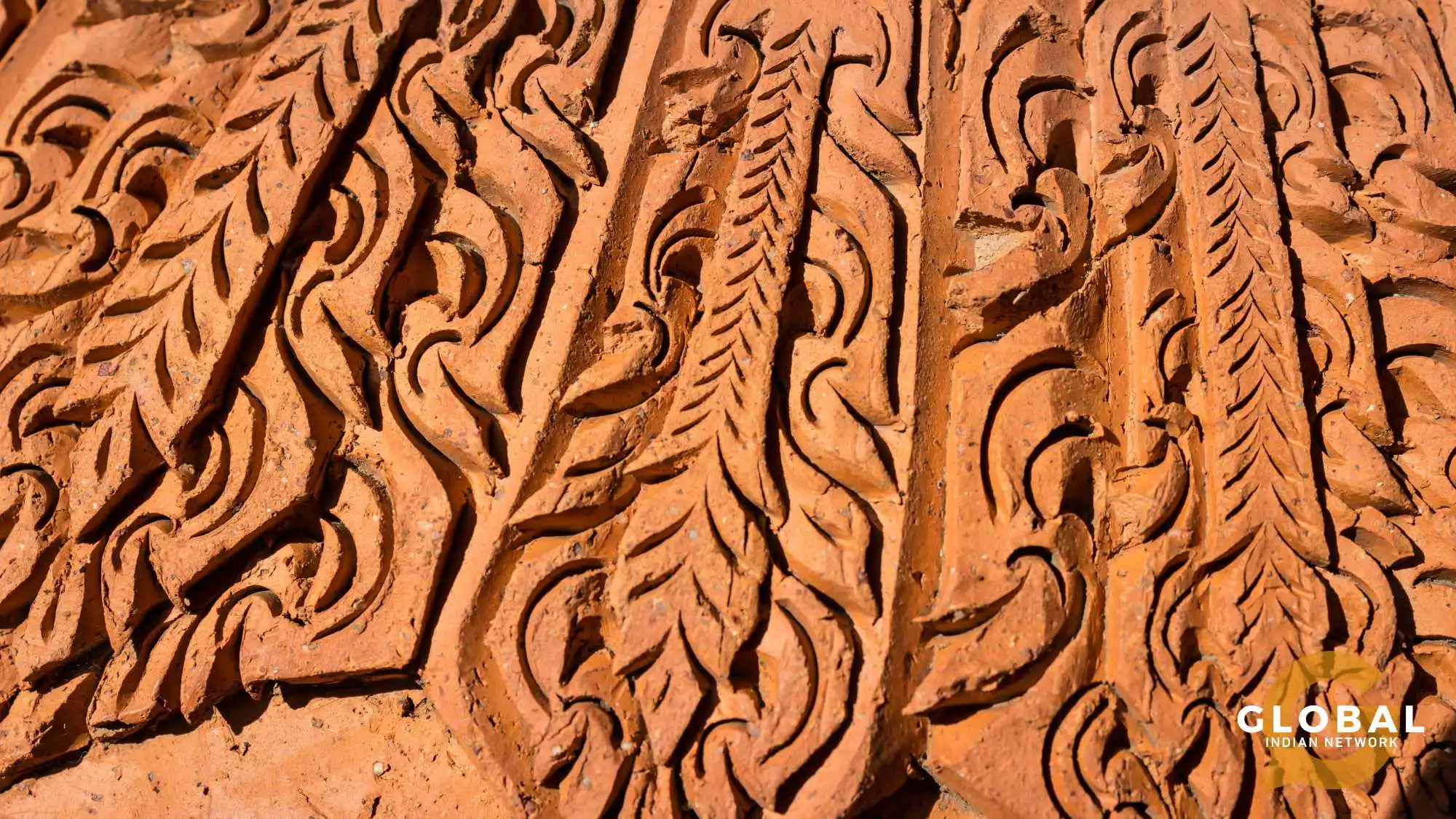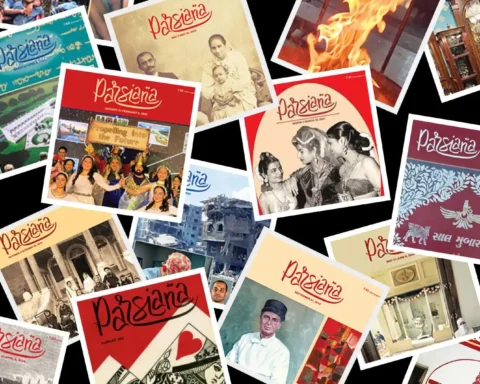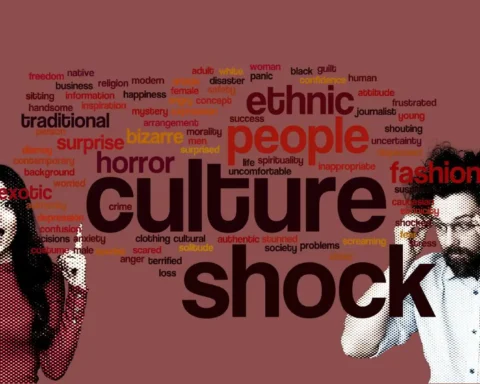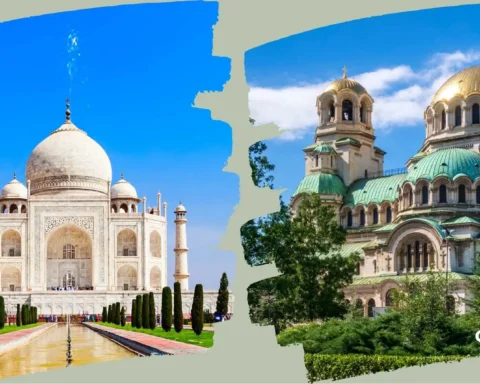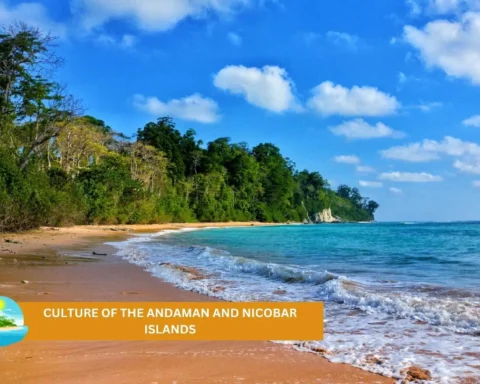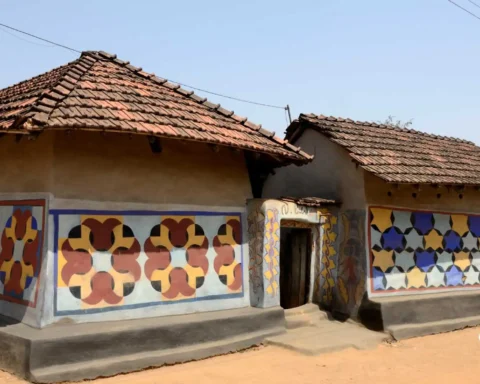It is important to know what is cultural resource management because it gives a systematic idea of the restoration period needed for the conservation project. It also offers detailed guidelines on conservation, that is, the conservation methods, the historic significance of a place, and the informed decisions that are required for sustainable conservation.
While CRM gives an estimate of the conservation efforts, it thinks beyond that by creating a space where both the government and the community members can join hands in the conservation efforts.
Table of Contents
What is Cultural Resource Management? Exploring its Core Principles
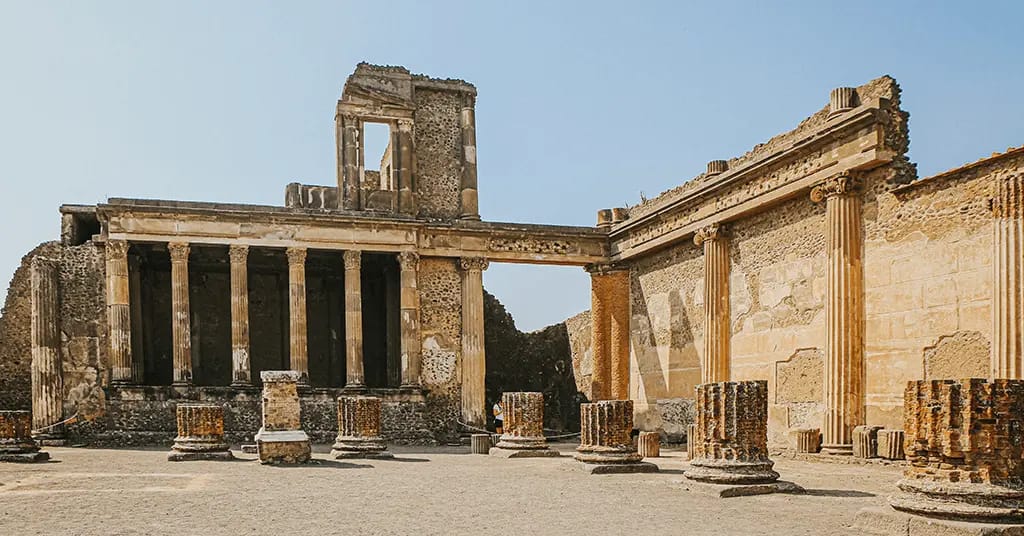
Cultural Resource Management (CRM) is a process that ensures the progress and protection of important cultural heritage. It takes place through the identification and assessment of cultural or archaeological resources through surveys. Then, accordingly, informed management decisions are made, and conservation efforts are put into practice to protect archaeological artefacts.
After knowing what is cultural resource management, it is essential to understand its core principles and the direction of management actions, which are as follows:
- The CRM process must take into account the safety, environmental impact and transportation during the restoration period of the conservation activities, to which people’s sentiments are attached.
- It is a process that ensures people undertake the development of a maintenance strategy for scarce cultural resources judiciously so that they can be used equitably and the adverse effects can be reduced.
- It can be considered a political process as the management team involves federal, state, and local agencies, such as politicians, construction engineers, oral historians, archaeologists, and other interested parties who hold important decision-making powers to enable conservation efforts.

The Importance of Cultural Resource Management: Protecting Our Heritage
What is cultural resource management? It can also be known as heritage management. Protecting our heritage is important, and for that, the relevant expertise of CRM is important. Before protecting our heritage, it is important to identify which cultural landscapes or natural resources fall under it.
CRM mainly aims to preserve a wide variety of prehistoric and historic artefacts, such as cultural landscapes, historic sites, historical records, social institutions, historic properties, old buildings, places of religious beliefs and practices, industrial heritage, spiritual places, and even items of clothing and artwork.
Apart from these tangible elements, it includes intangible resources such as cultural traditions, knowledge, folklore and language. Though it varies from place to place, which resources are considered artefacts, the main vision, strategic outcome and performance management remain the same.
What is Cultural Resource Management and its Role in Community Development?
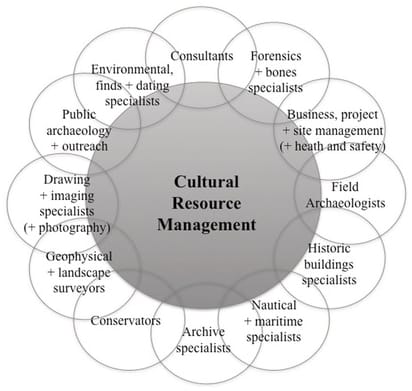
Archaeologists cannot conduct archaeological research or conservation efforts anywhere without governmental intervention. They need to work according to the vision, strategic outcome and performance management set by national laws in accordance with a stronger understanding of the needs of Indigenous and local communities. CRM mainly depends on the ministries for guidelines on conservation, but public understanding is also important.
Communities that reside near the locations of either archaeological sites or historic features or are in a heritage designation always try to protect and maintain these national historic sites because they have a close and direct relationship with them. Millions of historic structures continue to be used and maintained by the local community members.
Even in less developed places, where federal agencies or the government do not effectively apply the Cultural Resource Management Policy, the impact of interventions from local officials and communities can be observed. It is finally in their hands whether their impacts of interventions will lead to preserving or destroying a heritage destination. Those citizens who follow the law and understand the importance of preserving archaeological resources follow the management priorities of the same.
In this regard, Peru can be cited as an example of a country where the knowledge and minimal intervention of the local communities helped prevent the adverse effects that the conservation efforts would have faced otherwise.

Role of a Historian in Cultural Resource Management
It is important to know the role of history in CRM because a public historian can chart out the planning, design, construction, maintenance, and legal requirements needed to preserve archaeological resources. Even the CRM specialist assists the historian in this restoration period.
To undergo this conservation treatment, the CRM specialist first chalks out the development of a maintenance strategy, putting the conservation project into the historical context. The historian then thoroughly looks into the primary and secondary sources found in local historical states, university special collections, and the data held by the state and federal agencies. Identifying known cultural resources in the heritage destinations involves the initial planning process.
The conservation project involves a lengthy process, where the historian reviews the Federal Register’s annual compilation to verify whether anyone gets affected by this proposal. Then, along with the CRM specialist, he pens down the project’s impact of interventions on cultural values. Even mitigation procedures are suggested to avoid the adverse effects on cultural resources.
Though the restoration period takes several months, the contribution of the historian to the CRM project is undeniable.
The Future of What is Cultural Resource Management: Trends and Predictions
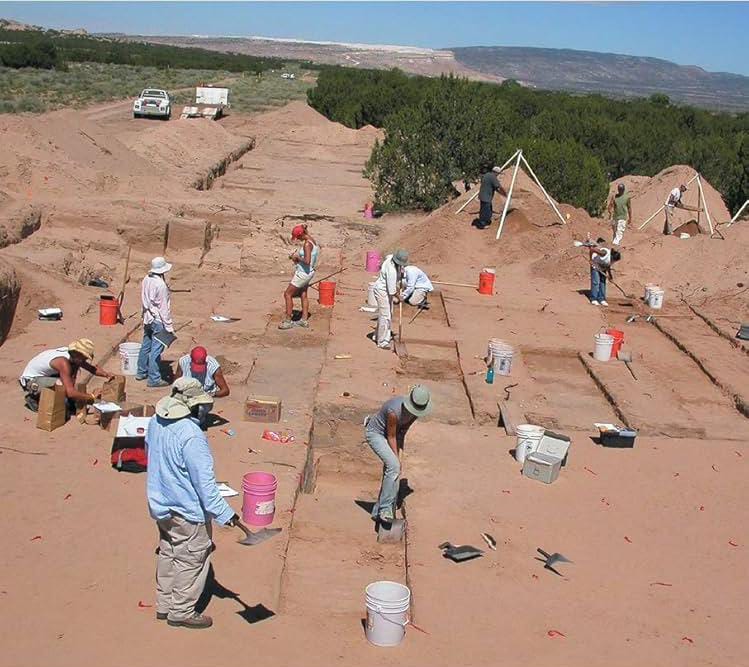
Though CRM has historical roots, it is very much grounded in the present, but its work is very much for the future. The future of CRM should be considered beyond following the rules for developing a maintenance strategy.
CRM needs to focus on building meaningful human relationships. These relationships can enable respectful, flexible, and open consultation about managing archaeological resources and aid in the conservation project.
Surveys and cultural resource management policies are crucial for the conservation project, but the resolution-oriented dialogue about how cultural traditions and modern life can coexist can make the extent of conservation work more flexible. This subsequent intervention is needed to protect more national historic sites.
Conclusion
Thus, after getting an idea about what is cultural resource management, it becomes crucial to get involved in the duty of protecting not only natural resources but also heritage value.
Reaching the heritage conservation objectives will not only lead to historical development, which in turn will lead to national development, but it will also create a meaningful relationship with the national historic sites. This will help us build an individual identity and have a strong foundation of our culture.

FAQs
What Do you mean by Cultural Resources Management?
Cultural Resource Management (CRM) is a process that ensures the conservation project and the protection of significant cultural heritage.
What is the Other Name of Cultural Resource Management?
Cultural Resource Management is alternatively called heritage management.
What is the Purpose of Cultural Resources Management?
The purpose of Cultural Resources Management is to ensure informed management decisions during the restoration period and even the long-term preservation of places having historic significance.




